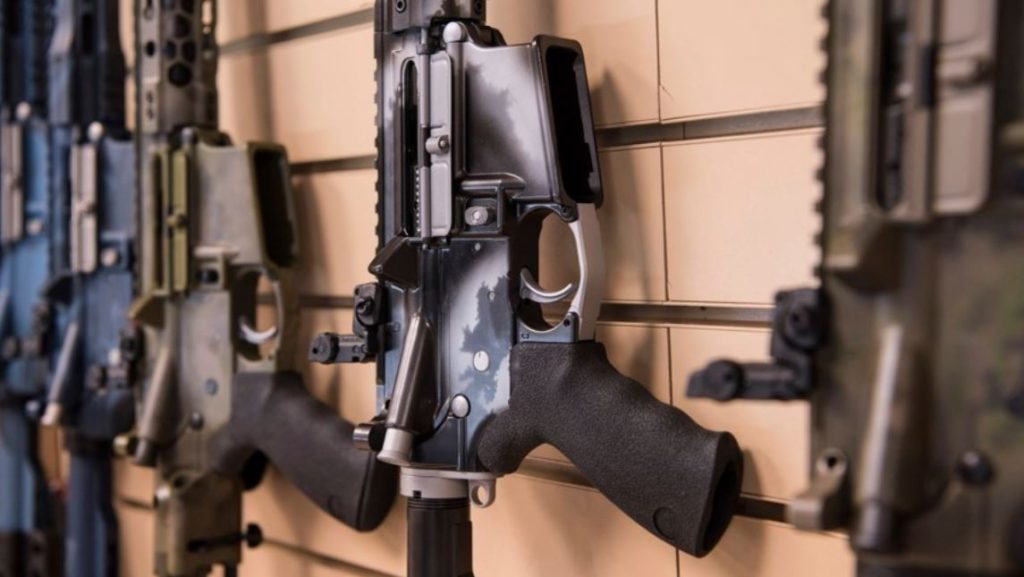This doctor’s recollection of the injuries she saw in her hospital after the shooting massacre at Marjory Stoneman Douglas High School is heartbreaking. It is essential that Americans understand the lethality of the weapons that they are allowing on the streets. Our Attorney General is executing a war on marijuana, a substance that allows no one to inflict damage on another. Where is the war on guns?
This event just may be different. It was caught on camera from the victims perspective. Students are activating not just in Parkland but throughout the country. Interestingly, many are or will be of voting age for the 2018 election. Something is likely to get done this time. We must ensure that whatever that something is, that it is real and not just an election stunt.
The doctor could not be clearer or more descriptive.
As I opened the CT scan last week to read the next case, I was baffled. The history simply read “gunshot wound.” I have been a radiologist in one of the busiest trauma centers in the nation for 13 years, and have diagnosed thousands of handgun injuries to the brain, lung, liver, spleen, bowel, and other vital organs.
It is vital that Americans can visualize AR-15 types injuries.
The reaction in the emergency room was the same. One of the trauma surgeons opened a young victim in the operating room, and found only shreds of the organ that had been hit by a bullet from an AR-15, a semi-automatic rifle which delivers a devastatingly lethal, high-velocity bullet to the victim. There was nothing left to repair, and utterly, devastatingly, nothing that could be done to fix the problem. The injury was fatal. …
Routine handgun injuries leave entry and exit wounds and linear tracks through the victim’s body that are roughly the size of the bullet. If the bullet does not directly hit something crucial like the heart or the aorta, and they do not bleed to death before being transported to our care at a trauma center, chances are, we can save the victim. The bullets fired by an AR-15 are different; they travel at higher velocity and are far more lethal. The damage they cause is a function of the energy they impart as they pass through the body. A typical AR-15 bullet leaves the barrel traveling almost three times faster than, and imparting more than three times the energy of, a typical 9mm bullet from a handgun. An AR-15 rifle outfitted with a magazine cartridge with 50 rounds allows many more lethal bullets to be delivered quickly without reloading.I have seen a handful of AR-15 injuries in my career. I saw one from a man shot in the back by a SWAT team years ago. The injury along the path of the bullet from an AR-15 is vastly different from a low-velocity handgun injury. The bullet from an AR-15 passes through the body like a cigarette boat traveling at maximum speed through a tiny canal. The tissue next to the bullet is elastic—moving away from the bullet like waves of water displaced by the boat—and then returns and settles back. This process is called cavitation; it leaves the displaced tissue damaged or killed. The high-velocity bullet causes a swath of tissue damage that extends several inches from its path. It does not have to actually hit an artery to damage it and cause catastrophic bleeding. Exit wounds can be the size of an orange. With an AR-15, the shooter does not have to be particularly accurate. The victim does not have to be unlucky. If a victim takes a direct hit to the liver from an AR-15, the damage is far graver than that of a simple handgun shot injury. Handgun injuries to the liver are generally survivable unless the bullet hits the main blood supply to the liver. An AR-15 bullet wound to the middle of the liver would cause so much bleeding that the patient would likely never make it to a trauma center to receive our care.
Source: What I Saw Treating the Victims From Parkland Should Change the Debate on Guns

